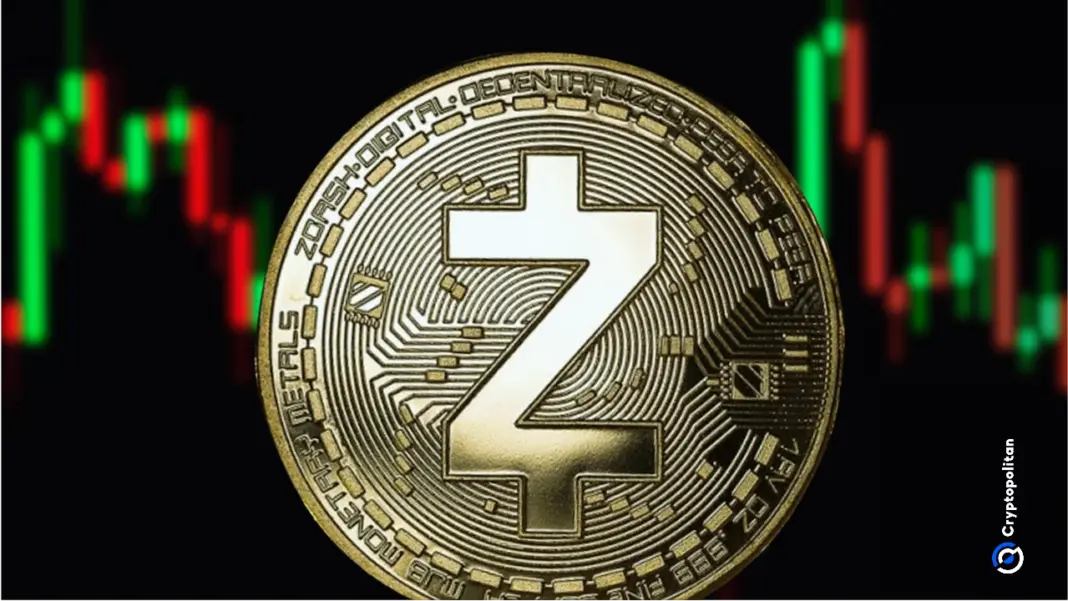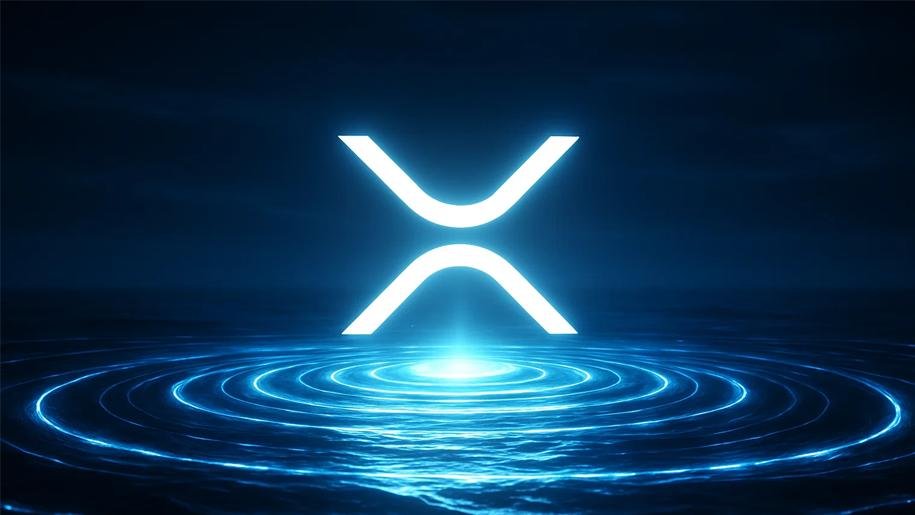The Privacy Renaissance
Digital Privacy Concerns Drive Demand
The recent surge in Zcash’s valuation reflects a broader trend: a renewed appreciation for privacy coins. In an era of increasing surveillance and centralised digital currencies, users are actively seeking decentralised alternatives that safeguard their identities. Analysts believe that ongoing debates surrounding digital privacy, particularly in light of governments’ enthusiasm for Central Bank Digital Currencies (CBDCs), have reignited interest in systems like Zcash, which prioritise user anonymity. This comes as many fear the potential for overreach and control inherent in centralised digital systems.
Zcash’s performance has been particularly notable, as it remained largely unscathed by market corrections that impacted other cryptocurrencies. This resilience underscores the enduring appeal of its core value proposition: providing truly private transactions in a world increasingly hungry for data.
Zcash’s Legacy: A Foundation in Cryptographic Innovation
Zcash emerged in 2016 as a fork of Bitcoin, spearheaded by the Electric Coin Company (ECC) and led by Zooko Wilcox-O’Hearn. Its origins trace back to academic research at prestigious institutions like Johns Hopkins University, MIT, and Tel Aviv University. The project introduced “zero-knowledge proofs,” a groundbreaking cryptographic technique enabling transaction verification without disclosing sensitive personal or transactional information.
The core innovation was revolutionary: a digital currency capable of proving that a transaction occurred without revealing the identities of the parties involved or the amount transacted. This was a paradigm shift from the pseudo-anonymous nature of Bitcoin, where transactions are linked to public addresses, albeit without directly revealing real-world identities.
The integrity of Zcash’s foundation was further solidified by the “trusted setup” ceremony in 2016, a multi-party computation involving experts from around the globe. Notably, it later emerged that NSA whistleblower Edward Snowden anonymously participated under a pseudonym, a symbolic validation for a project dedicated to privacy.
Halving Event: A Supply Shock on the Horizon
Zcash’s network has undergone several upgrades since its inception. As of November 2024, the network will undergo its third halving, reducing miner rewards from 3.125 ZEC to 1.5625 ZEC per block. This event is expected to further constrain the supply of new ZEC entering circulation, potentially driving up its value.
The Mechanics of Scarcity
Halving events are critical to cryptocurrencies which limit their supply, creating scarcity to push long-term demand. Just like Bitcoin, Zcash mirrors Bitcoin in its design: a capped supply of 21 million coins and a halving event roughly every four years. The forthcoming halving will halve the miner rewards, reinforcing the deflationary nature of the cryptocurrency.
Navigating Regulatory Headwinds and Market Dynamics
Regulatory Scrutiny and Delistings
Despite the renewed interest in privacy coins, Zcash faces significant regulatory headwinds. While the US has adopted a relatively open stance towards crypto, other jurisdictions, including the European Union, South Korea, and other nations, continue to view privacy-focused cryptocurrencies with suspicion, flagging them as potential tools for illicit finance. This has led to the delisting of Zcash and other privacy coins from various exchanges over the past few years.
In 2025, regulatory clarity remains elusive, and the risk of further delistings looms large. Exchanges operating in jurisdictions with stringent anti-money laundering (AML) regulations may be forced to de-list privacy coins to comply with local laws. This poses a challenge for Zcash, as it limits accessibility and liquidity, potentially dampening investor enthusiasm.
Bitcoin’s Enduring Dominance
Another challenge for Zcash is Bitcoin’s dominance as “digital gold.” Bitcoin has become synonymous with cryptocurrency, and its first-mover advantage and network effects have solidified its position as the leading digital asset. Zcash, with its niche value proposition of privacy, struggles to compete for attention and capital in a market dominated by Bitcoin.
While Zcash offers superior privacy features, Bitcoin benefits from greater acceptance, liquidity, and regulatory clarity. For many investors, Bitcoin remains the default cryptocurrency, and Zcash is seen as a riskier, more speculative investment.
The Road Ahead
Zcash’s future hinges on its ability to navigate regulatory challenges, maintain its technological edge, and effectively communicate its value proposition to a broader audience. As digital privacy becomes an increasingly pressing concern, Zcash’s unique capabilities may become more appealing to users seeking to protect their financial anonymity.
The upcoming halving event in November represents a key milestone for Zcash. If the halving triggers a significant price appreciation, it could further boost interest in the cryptocurrency and validate its long-term potential. However, Zcash must overcome the hurdles to establish itself as a mainstream cryptocurrency.






